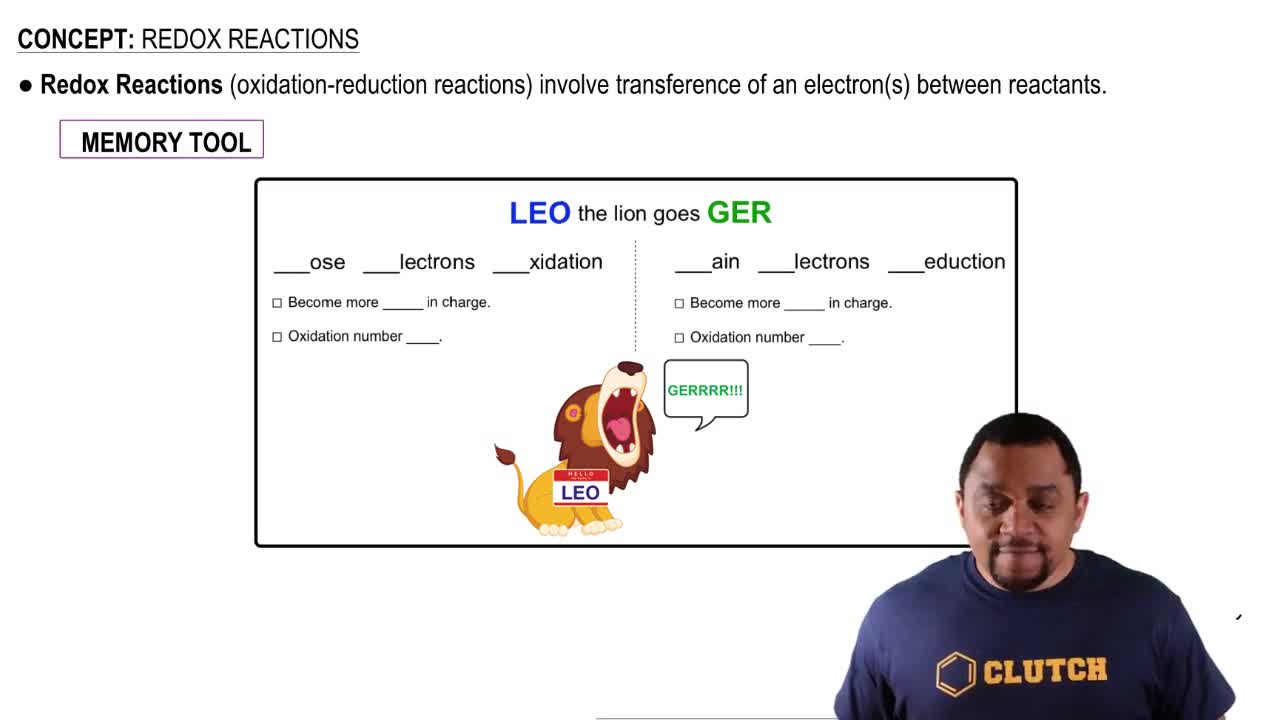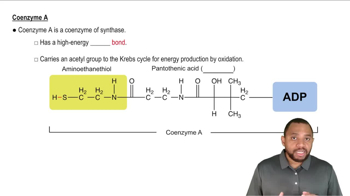Textbook Question
Name the electron carrier that transports electrons from complex I to complex III.
1469
views
 Verified step by step guidance
Verified step by step guidance Verified video answer for a similar problem:
Verified video answer for a similar problem:



 3:1m
3:1mMaster Intro to Electron Transport Chain Concept 1 with a bite sized video explanation from Jules
Start learning